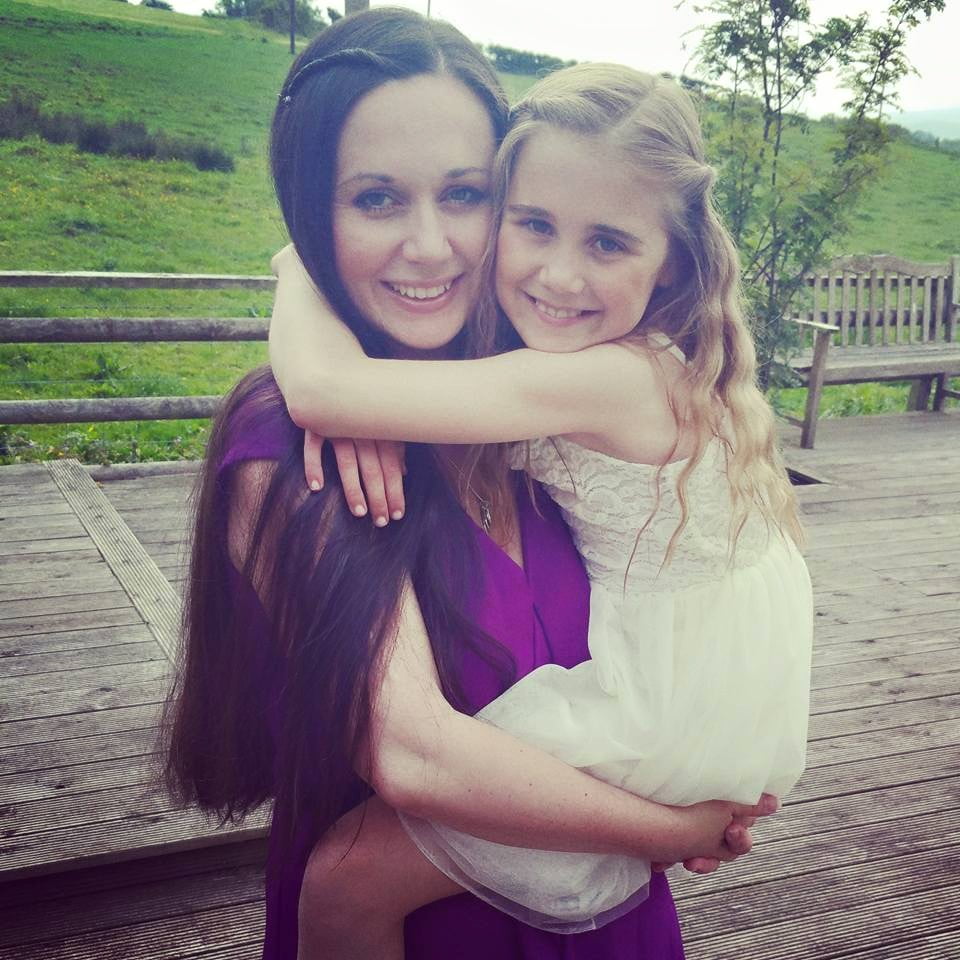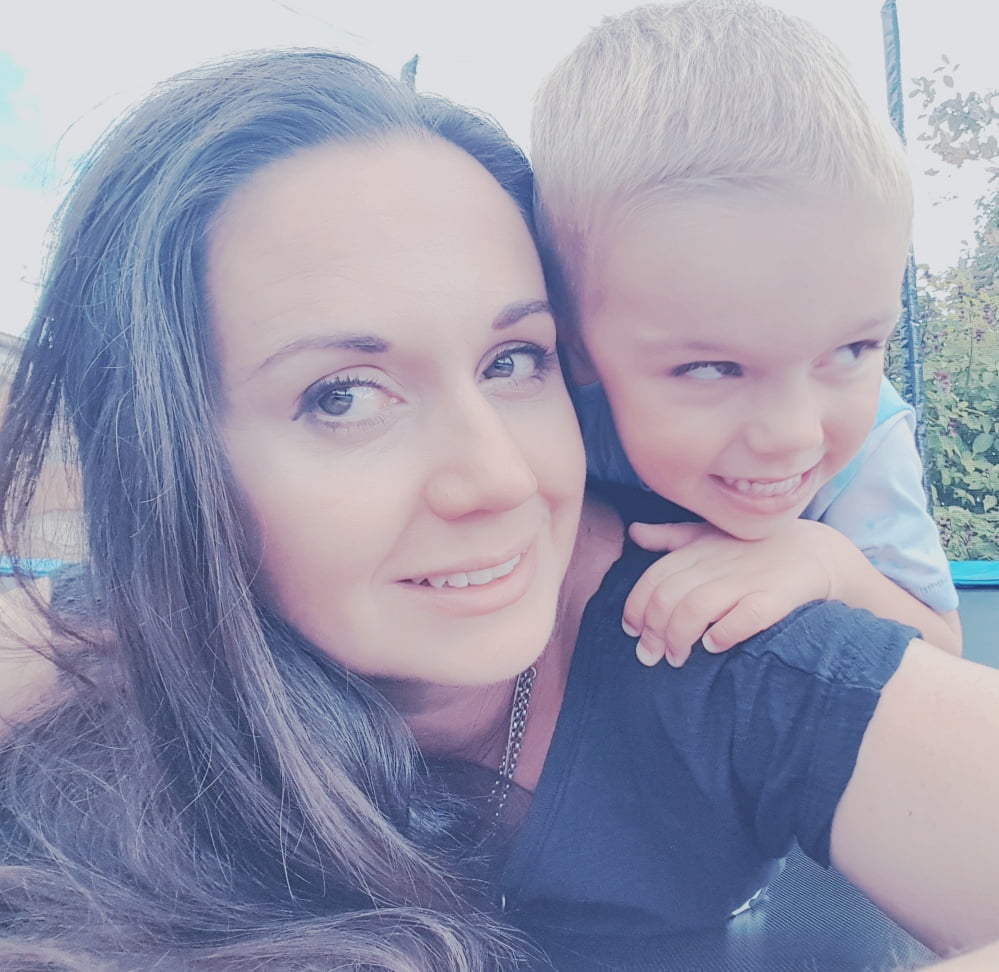Anyone out there suffered with back pain during and/or after pregnancy? Perhaps you’ve had that hideous sciatic pain as well? It can be really tough going for some people and quite debilitating.
A common problem
Lower back pain is one of the most common conditions during pregnancy, yet whilst symptoms often improve after delivery of the baby, some women will still require treatment to correct their spine after childbirth, says Mr Bob Chatterjee of Harley Street Spine and Highgate Private Hospital.
The coccyx is the last bone at the bottom of the spine (the tailbone) and Coccydynia refers to pain felt in this area which can be bruised, dislocated or fractured through pelvic exercises or during delivery and even after childbirth.
Will it last?
In most cases, the pain will improve over a few weeks or months, but occasionally it can last much longer and severely affect the person’s ability to carry out every day activities.
My approach has always been to keep going as I have always found being still is worse that anything as everything gets stiff and then is more painful to work off. Breastfeeding for any length of time always meant that I stiffened up, but as I had more children I perfected breastfeeding in different positions which made it easier – even standing as I could still move about then.
What the experts say
Mr Chatterjee says, “Back pain in pregnancy is very common, but should be assessed. It is estimated that between 50% and 80% of women experience some form of back pain during pregnancy, but if the symptoms aren’t correctly diagnosed, then the sufferer could end up with damage that does need treatment and sometimes surgical intervention”. None of us want that do we?
Studies show that lower back pain in pregnancy usually occurs between the fifth and seventh month of being pregnant. In some cases, pregnancy pain in the lower back can begin as early as 8 to 12 weeks after becoming pregnant.
When did yours begin?
Symptoms to watch for
Back pain in pregnancy might occur in the area just above the buttocks and symptoms can include:
- A dull and achy pain most of the time, with occasional sharp pains which can be felt below and to the side at the waistline and/or above the waistline on either side across the tailbone
- It can be worse when sitting down, moving from sitting to standing, standing for long periods, having sex and going to the toilet
- Difficulty sleeping and carry out everyday activities, such as driving or bending over
- Some people also have shooting leg pains (sciatica) and painful buttocks and hips
In childbirth the coccyx becomes more flexible towards the end of pregnancy. This allows your coccyx, and the part of the patient’s spine above it to bend and give way when the woman gives birth. Sometimes childbirth can cause the muscles and ligaments (stretchy tissue that connects bones) around your coccyx to overstretch resulting in coccydynia.
It is this pain that can also be described as a ‘pulling’ or ‘lancinating’ sensation and may also radiate to the sacrum, lumbar spine and buttocks and or more rarely the thighs. Did you experience this at all?
As pregnancy and childbirth produce a huge amount of stress to the body in general, sufferers can be prone to delaying a proper diagnosis particularly for back pain following childbirth. Mr Chatterjee says, “Many women will come into my surgery realising that after 12-18 months after giving birth, the lower lumbar spine is progressively getting worse and not better. At this point, following a diagnostic scan, some of these women will need specific treatment to fix the problem. Usually the condition is easily treatable, however some proper advice can be given during pregnancy and after childbirth to alleviate the pain and resulting symptoms”.
What can we do?
Mr Bob Chatterjee offers advice for pregnant women to relieve stress from lower back pain. Here are a few of his tips:
- Make a compress with essential oils (apply to joints or perineal area to prepare for delivery)
- Avoid carrying anything heavy and in terms of car seats, it is advisable to secure a fixed base (click in/out) child seat to avoid contorting ones back trying to attach the seat belt
- Invest in a cot where the sides come down to avoid bending over into the cot to pick up the child. Likewise prams are also advisable.
- Whilst exercise is welcome don’t overdo it and be aware of your back posture when holding your baby is important. Try not to hunch, such your tummy in to keep your back strength, trying things such as Pilates and pelvic floor exercises are useful (when your doctor says it’s safe, particularly if you have had a Caesarean section).
- A gym ball is ideal for exercising the lower lumbar spine
- Dry heat (a warm sack with salt) can be applied to the coccyx or you can try alternative therapy such as Acupuncture
Do you have any of your own tips to add? My top tips are to keep moving, focus on building a strong core and use a heated wheat bag to relieve any discomfort. I also find a foam roller really useful for reducing discomfort.





1 comment
Great share!”